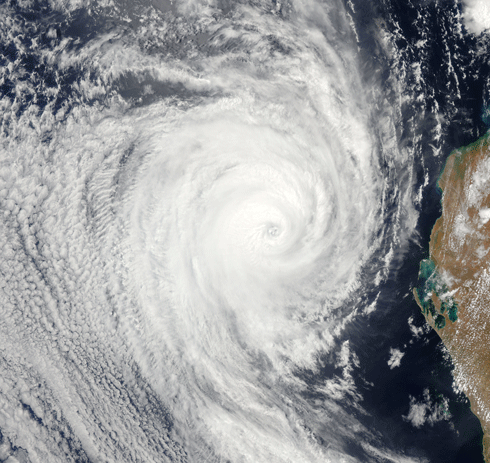
|
Published: 12 November 2012
The north and south of it: wetter and drier for WA
Western Australia can expect a drier south-west and wetter north-west according to long-term trends identified in the most recent Indian Ocean Climate Initiative (IOCI) research report released by the WA Department of Environment and Conservation (DEC).
DEC Director-General Keiran McNamara said the synthesis report, compiled by the CSIRO and Bureau of Meteorology, indicated that the drying trend should continue as greenhouse gas emissions rose. The report also documented findings on tropical cyclones and factors influencing the increase in rainfall in WA’s north-west.
‘Our changing climate poses new challenges for our community and economy and this research can help us plan for the future in terms of the way we live and how we adapt, from securing water supply to ensuring mining safety,’ he said.
‘The IOCI research, costing $4 million over four years, has been an excellent investment for the State as it is imperative that work like this is done to better understand WA’s climate.’
Bureau of Meteorology climate scientist and IOCI lead investigator Dr Carsten Frederiksen said the multiple approaches used in IOCI led to the same conclusion.
‘Based on work with climate models we can see a continuation of these drying trends, as greenhouse gas emissions and atmospheric temperatures rise,’ he said.
Another IOCI lead investigator, CSIRO’s Dr Bryson Bates, added: ‘The record low July rainfall seen this year in WA’s south-west underscores the need to know where this drying trend is headed in future.
‘IOCI projections of a drier future for this region are very robust.
‘Much work remains to be done to better understand Western Australia's climate. This research is especially important in the State’s north-west, where rainfall changes and extreme events have major implications for the communities and industries there.’
Major findings of the report show that:
-
The long-term, early winter drying trend in WA’s south-west has intensified and expanded to new inland and southern coastal areas since 2000.
-
Regional rainfall decrease is part of a wider drying trend observed around this band of latitude in the southern hemisphere.
-
New evidence shows that aerosols (fine particles of air pollution generated by human activity) primarily from Asia influence the trend of increasing rainfall in WA’s north-west.
-
Fewer tropical cyclones may form off WA in the second half of this century, but the most intense tropical cyclones may become more powerful.
Source: WA DEC




